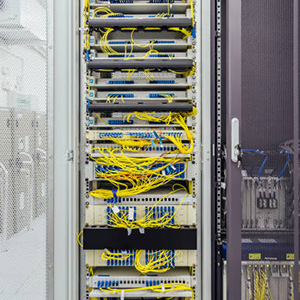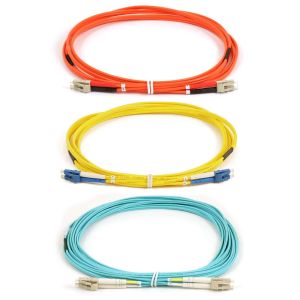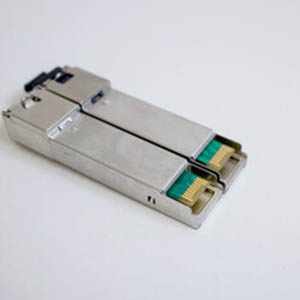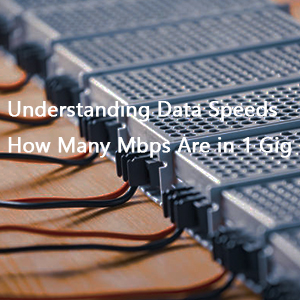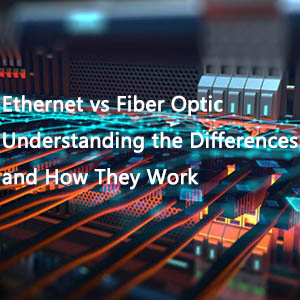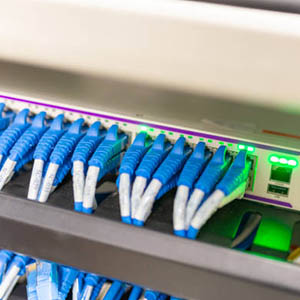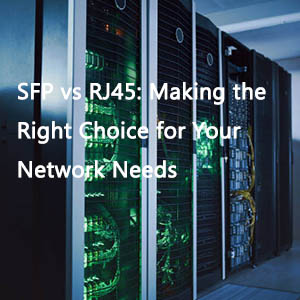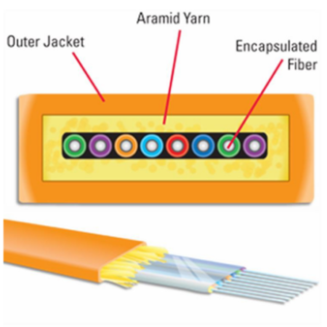When crafting or expanding your fiber optic network, numerous factors come into play. The complexity of such networks escalates rapidly, and a single oversight can lead to costly consequences.Here’s a streamlined guide to help you select the perfect transceivers for your network needs, distilled into five pivotal considerations.

Select Your Wavelength Wisely(Transceivers)
The wavelength is a crucial determinant in fiber optics—it dictates the system’s speed, coverage range, hardware compatibility, and more. Begin by choosing your wavelength, as it sets the stage for subsequent decisions. Generally, shorter wavelengths support higher speeds, while longer ones offer greater reach. Here are the three most prevalent wavelengths and their respective ranges to consider:
- 850nm for approximately 500 meters.
- 1310nm reaching up to 40 kilometers.
- 1550nm surpassing the 40-kilometer mark.
Ensure Compatibility
Compatibility is multifaceted. Start with the physical connection—the form factor. Consider the types of connections your transceivers will support, with the most prevalent being:
- GBIC (Gigabit Interface Converter)
- SFP (Small Form-factor Pluggable)
- SFP+ (Enhanced Small Form-Factor Pluggable)
- QSFP+ (Enhanced Quad Small Form-factor Pluggable)
- QSFP-DD (Quad Small Form-factor Pluggable Double Density)
- SFP-DD (Small Form-factor Pluggable Double Density)
Also, consider OEM compatibility, as proprietary signaling systems can vary between manufacturers. Ensure that your new transceivers integrates seamlessly with your existing infrastructure.
Evaluate Speed Requirements
Speed is paramount. Fiber optic networks can be incredibly swift, but they come at a premium. Conversely, if budget is a concern, sacrificing speed can be a cost-effective strategy. Determine the data rates necessary for your network’s operation and anticipate future growth. Balance performance aspirations with budget constraints to select the appropriate transceivers.
Consider the Signal Range
The distance your signal travels is pivotal. While wavelength selection touched on this, the choice between single-mode (SMF) and multi-mode fiber (MMF) significantly impacts reach. SMF offers greater reach at a higher cost, whereas MMF is more cost-effective with higher data rate capabilities.
Understand Your Operating Environment
Fiber networks are deployed in diverse settings, each with unique demands. Consider whether your cables will traverse walls, be buried underground, or remain within the same room. Factors such as temperature, corrosive elements, dust, and water exposure must be addressed. Transceivers are rated for different operating temperatures, with commercial and industrial variants catering to specific environments.
In essence, finding the perfect transceivers is about aligning it with your network’s unique specifications and operational metrics, ensuring optimal performance without unnecessary expenditure.

